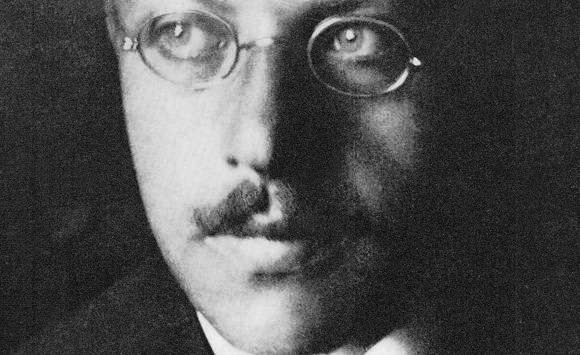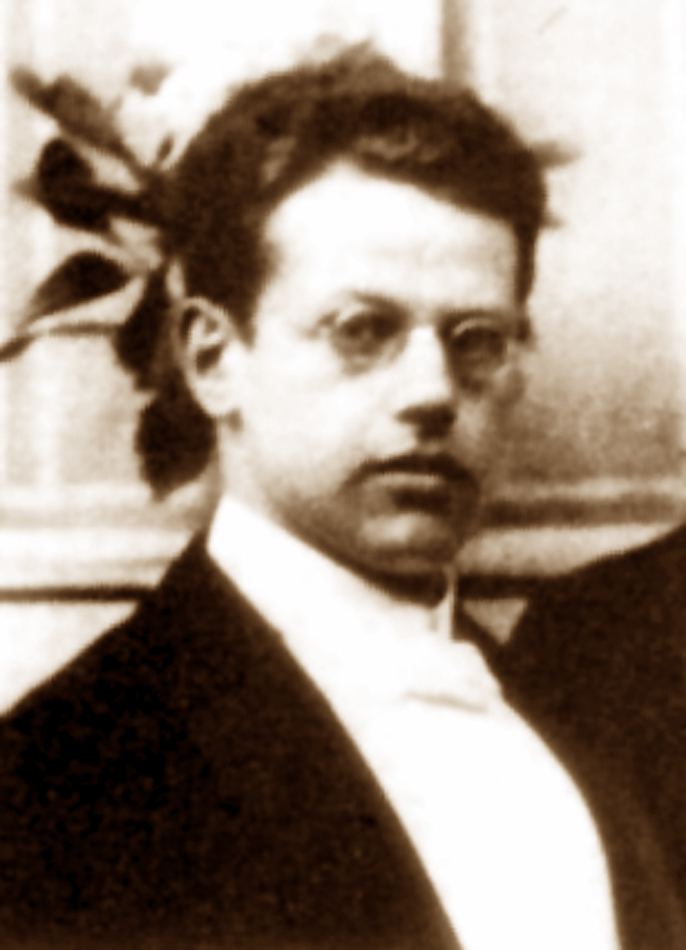Region Western Philosophy Role Philosopher Name Franz Rosenzweig | ||
 | ||
Influenced Eric Santner, Emmanuel Levinas, Nahum Norbert Glatzer Education Albert Ludwigs University of Freiburg Influenced by Martin Buber, Georg Wilhelm Friedrich Hegel, Hermann Cohen, Eugen Rosenstock-Huessy, Soren Kierkegaard Books The star of redemption, Understanding the sick and the h, Philosophical and Theologic, On Jewish Learning, God - man - and the world Similar People Martin Buber, Emmanuel Levinas, Hermann Cohen, Eugen Rosenstock‑Huessy, Gershom Scholem | ||
Main interests Philosophy of religion | ||
Hilary putnam at brandeis reading franz rosenzweig s little book
Franz Rosenzweig (December 25, 1886 – December 10, 1929) was a German Jewish theologian, philosopher, and translator.
Contents
- Hilary putnam at brandeis reading franz rosenzweig s little book
- Benjamin pollock world denial and world redemption franz rosenzweig s early marcionism
- Early life
- The Star of Redemption
- Collaboration with Buber
- Educational activities
- Illness and death
- References

Benjamin pollock world denial and world redemption franz rosenzweig s early marcionism
Early life

Franz Rosenzweig was born in Kassel, Germany to a middle-class, minimally observant, Jewish family. He studied history and philosophy at the universities of Göttingen, Munich, and Freiburg.

Rosenzweig, under the influence of his cousins and his close friend Eugen Rosenstock-Huessy, considered converting to Christianity. Determined to embrace the faith as the early Christians did, he resolved to live as an observant Jew first, before becoming Christian. After attending Yom Kippur services at a small Orthodox synagogue in Berlin, he underwent a mystical experience. As a result, he became a baal teshuva. Although he never recorded what transpired, he never again entertained converting to Christianity. In 1913, he turned to Jewish philosophy. His letters to his friend Eugen Rosenstock-Huessy, whom he had nearly followed into Christianity, have been published as Judaism Despite Christianity. Rosenzweig was a student of Hermann Cohen, and the two became close. While writing a doctoral dissertation on Georg Wilhelm Friedrich Hegel, Hegel and the State, Rosenzweig turned against idealism and sought a philosophy that did not begin with an abstract notion of the human.
The Star of Redemption
Rosenzweig's major work is The Star of Redemption (first published in 1921). It is a description of the relationships between God, humanity, and the world, as they are connected by creation, revelation and redemption. If one makes a diagram with God at the top, and the World and the Self below, the inter-relationships generate a Star of David map. He is critical of any attempt to replace actual human existence with an ideal. In Rosenzweig's scheme, revelation arises not in metaphysics but in the here and now. We are called to love God, and to do so is to return to the world, and that is redemption.
A translation into English was prepared by Professor William Wolfgang Hallo.
Collaboration with Buber
Rosenzweig, while critical of Jewish scholar Martin Buber's early work, became close friends with him upon their meeting. Buber was a Zionist, but Rosenzweig felt that a return to Israel would embroil the Jews into a worldly history they should eschew. Rosenzweig criticized Buber’s dialogical philosophy, because it is based not only on the I-Thou relation, but also on I-It, a notion that Rosenzweig rejected. He thought the counterpart to I-Thou should be He-It, namely “as He said and it became”: building the "it" around the human "I" — the human mind — is an idealistic mistake. Rosenzweig and Buber worked together on a translation of the Torah from Hebrew to German. The translation, while contested, has led to several other translations (in other languages) using the same methodology and principles. Their publications concerning the nature and philosophy of translation are still widely read.
Educational activities
Rosenzweig, unimpressed with the impersonal learning of the academy, founded the House of Jewish Learning in Frankfurt in 1920, which sought to engage in dialogue with human beings rather than merely accumulate knowledge. The Lehrhaus, as it was known in Germany, produced many prominent Jewish intellectuals. In October 1922, Rudolf Hallo took over the leadership of the Lehrhaus. It stayed open until 1930 and was reopened by Martin Buber in 1933.
Illness and death
Rosenzweig suffered from the muscular degenerative disease Amyotrophic Lateral Sclerosis (also known as Lou Gehrig's Disease). Towards the end of his life, he had to write with the help of his wife, Edith, who would recite letters of the alphabet until he indicated for her to stop, continuing until she could guess the word or phrase he intended (or, at other times, Rosenzweig would point to the letter on the plate of his typewriter). They also developed a communication system based on him blinking his eyes.
Rosenzweig's final attempt to communicate his thought, via the laborious typewriter-alphabet method, consisted in the partial sentence: "And now it comes, the point of all points, which the Lord has truly revealed to me in my sleep, the point of all points for which there—". The writing was interrupted by his doctor, with whom he had a short discussion using the same method. When the doctor left, Rosenzweig did not wish to continue with the writing, and he died on the night of December 10, 1929, in Frankfurt, the sentence left unfinished.
Rosenzweig was buried on December 12, 1929. There was no eulogy; Buber read Psalm 73.
